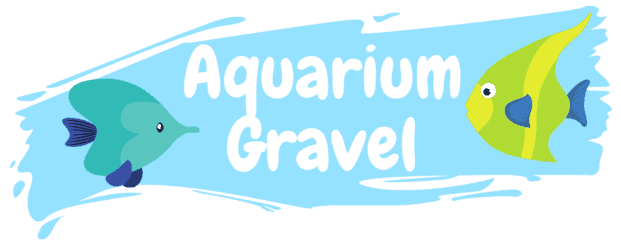Last Updated on February 9, 2022 by cmoarz
pea puffers are incredible little fish with some interesting eating habits. They tend to eat a large variety of critters and food types, But will pea puffers eat hydra? And if so, Are they a good way to control their population?
First, to understand if a pea puffer will eat a hydra, You must know what a hydra actually is.

What is a Hydra?
Table of Contents
Hydra’s are like jellyfish. They are invertebrates, meaning they lack an internal skeleton. They are also closely related evolutionarily to jellyfish, myxozoans, and coral.
A hydra’s body is made of 2 parts. There is a foot section, which contains the sticky spot that attaches to the object, and then there is the main body where all of the tentacles are located.
Each tentacle has the ability to sting and immobilize prey. Once the prey is caught, some hydras wrap their tentacles around it and eat it whole!
The size of the hydra varies by species, Some are very tiny and only feed on very tiny organisms such as daphnia.
Some can become much larger and are capable of attacking fish fry and small fish and snails.
They have no brain, no respiratory system, or anything that would imply any intelligence. They are simply feeding machines.
So will a pea puffer eat a hydra?
Pea puffers will in fact see hydras as food. Pea puffers are not picky eaters and they love to explore new things. A pea puffer that is hungry is very likely to go after the hydra.
However, there is more to the story than just that, And the answer isn’t what your going to be expecting.

What do Pea Puffers usually eat?
Pea puffers are opportunistic eaters. They will eat basically any food that they come across, and prey on creatures much larger than them.
Some live foods they enjoy include:
- Bloodworms
- Tubifex Worms
- Brine Shrimp
- Mosquito Larvae
- Insect Larvae
- Blackworms
- Gammarus Shrimp and snails.
They also love to eat most fish eggs, snail eggs, and most types of algae.
A pea puffer is very unlikely to turn down any food that it finds. This means that they will try to eat a hydra, But it doesn’t mean it’s something they are going to want to eat often, especially if there are alternatives.
They also likely won’t be able to control a hydra infestation on their own.

How effective are they at controlling the Hydra population?
Pea puffers aren’t capable of controlling a hydra pest population of any decent size. They simply won’t be able to keep up with the rate hydras breed at.
Pea puffers will occasionally harass some of the hydra, and may even opportunistically chow down on them, But it’s simply not enough.
There are better solutions to deal with hydras than to rely on your pea puffer.

How did hydras get into my tank in the first place?
The most common ways hydra gets into your fish tank are by fish food, dead fish, or live rock and plants.
So if you have a hydra problem, then you likely introduced them into your tank somehow. You can help prevent this by properly quarantining all-new live goods before introducing them to your tank.
You want to quarantine live plants, fish, and inverts for a minimum of 3 weeks before introducing them.
In the case of hydra, they can be hard to spot when quarantined. Make sure you check your plants regularly for any signs of hydra very carefully to avoid the issue from happening again in the future!
About
Owner of AquariumGravel.com and also owner of actual Aquarium Gravel believe it or not! ;). Setting up beautiful aquarium sceneries and habitats since I was very young. Enjoy!
- Web |
- More Posts(290)

